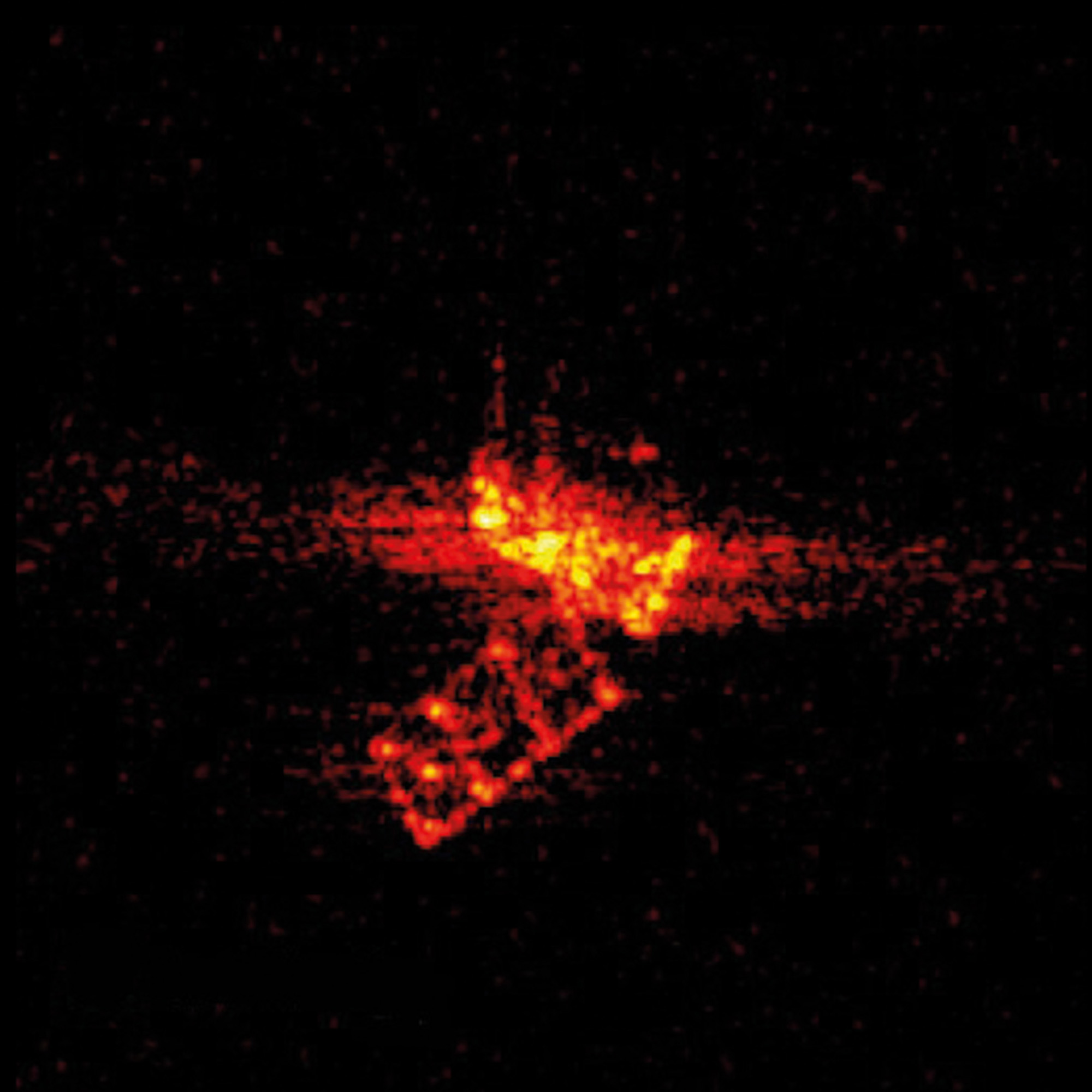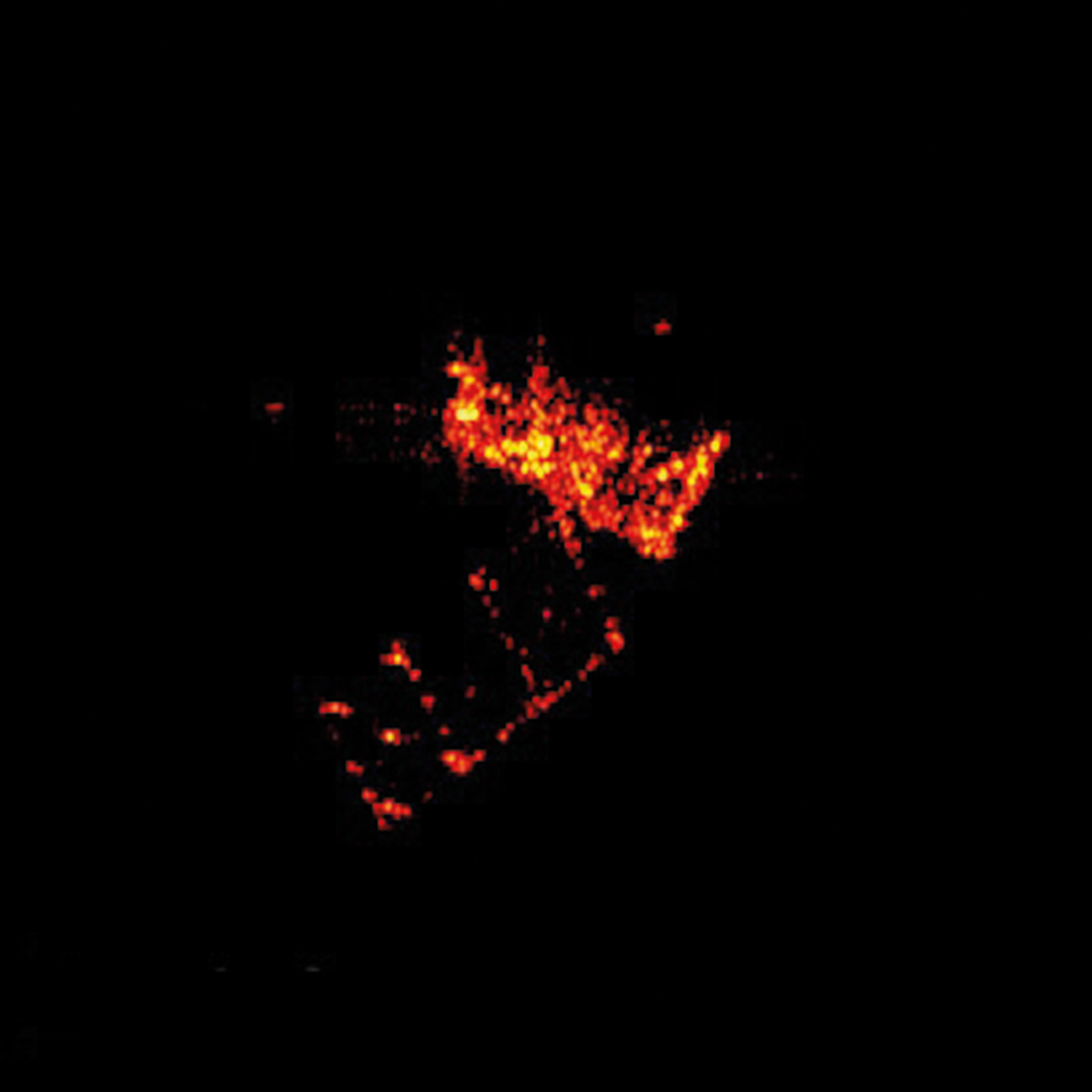Sharper ISAR images of satellites and other space objects
The space observation system TIRA consists of a tracking radar and an imaging radar. For the imaging radar, Fraunhofer FHR is continuously developing innovative methods to improve the processing of the obtained radar data as well as the quality of the images because this allows for significantly more reliable assessments of the objects.
If the solar sail of a satellite is bent, it will get »dark« – it lacks the energy to send a signal to Earth. So questions like the following arise, not only for reconnaissance purposes: Are the satellites intact? Was there a collision? Are parts missing? Answering these and similar questions about satellites is one of the tasks of the space observation radar TIRA. That is because radar has a decisive advantage over optical systems: The systems can be employed day and night and in any weather. However, while optical systems provide an immediate image, radar provides raw data that have to be processed first. The following applies here: The better the signal processing, the more insights the image will provide. As such, the quality of the radar image can be increased by the processing.
Improved Imaging Quality
Improving the processing of the TIRA radar data to obtain more accurate information about satellites or other Earth-orbiting objects is one of Fraunhofer FHR's central tasks. The imaging of space objects with the imaging radar of the TIRA system is based on the ISA¬R, which is short for inverse synthetic aperture radar: Here, the radar set up is stationary, while the object rotates around the radar. In the process, the antenna rotates to track the object along its orbit. The radar continuously sends pulses, recording the reflected signal it receives for each pulse – this makes it possible to determine the object's range profile. Based on the change of the range profiles over time, we then carry out a spectral analysis to calculate a 2D image of the object. For ISAR, data processing is particularly challenging since the forward and rotary motion of a satellite are generally not accurately known. How fast is a specific spot on the satellite rotating? And how is the satellite itself moving? If you want to obtain a sharp image, both questions will have to be answered very accurately. The stabilization condition can be assessed based on the satellite's proper motion. Is it wobbling, for example.
A new technique was developed at Fraunhofer FHR – based on compressive sensing (CS) – to be able to process and obtain an even sharper image. This technique provides a better correction of the translational motion, combining this with a spectral extrapolation to increase the quality of the processed radar images.

